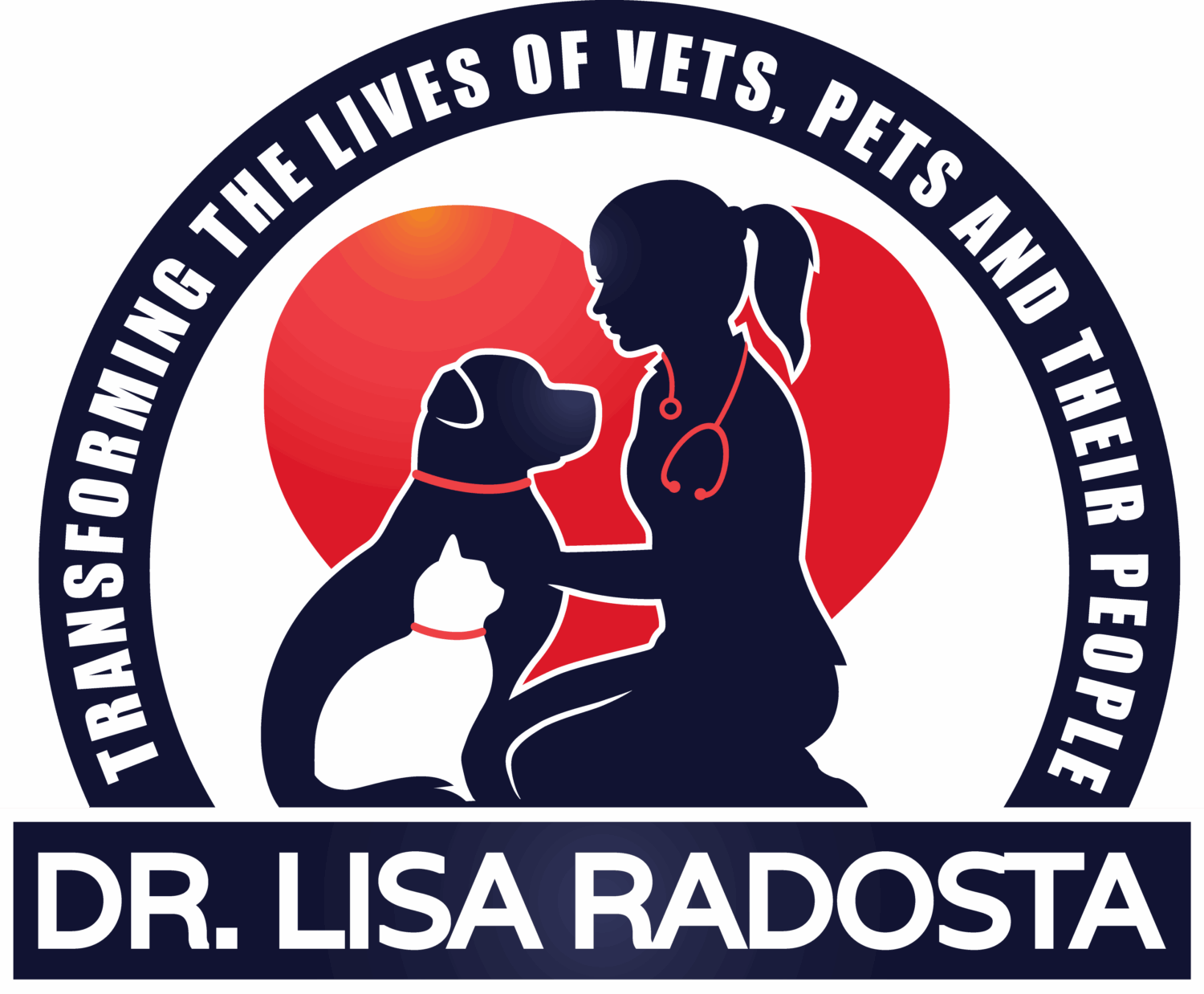CATE GELSTON BS, LISA RADOSTA DVM, DACVB
How to use enrichment to improve your pet’s physiological and psychological health
If your veterinarian said that she had a way to improve your dog’s memory, learning ability and physical capabilities without much work on your part and with minimal financial investment, would you do it? You would be crazy not to. This inexpensive, easy addition to your interactions with your dog is called environmental enrichment.
Environmental enrichment is increasing the wealth, quality and value of the animal’s environment. In a breakthrough scientific study, van Pragg, Kempermann, et al examined the changes in the brain resulting from environmental enrichment in laboratory rats. The researchers discovered that the groups that were exposed to an enriched environment displayed significant improvements in memory, learning ability, and motor skills. Perhaps the most astonishing finding was that these changes in the brain were observed even when the enrichment was provided to adult animals as well.
How does a research study on rats apply to your Labrador Retriever?
As this study showed, animals, much like you and I, are meant to be active and stimulated all day long. If your entire day was spent in your house without a television, phone or computer, how would you feel? You would probably be bored and frustrated. You might even get into some trouble. Now, you can see how your dog or cat feels. There are lots of ways to enrich your pet’s life. Read on for more suggestions.
Visual Perception (Sight)
Cats
- Add cat trees, shelves, and kitty condos near windows and glass doors.
- Offer toys with a visual component such as the PetStages Flashing Firefly Mat and the Ba Da Beam.
Dogs
- Leave the TV on to a nature or science channel.
- Move your pet’s bed near a window, and leave the curtains open.
Auditory (hearing)
Cats
- Play bird calls and chirping sounds. These can be found on the internet.
Dogs
- Leave the TV or radio on, and change the stations frequently.
Gustatory (taste)
Cats
- Offer your cat treats and chews that vary each day. Look into dehydrated meats such as chicken.
Dogs
- Vary the chews and treats that you offer your dog. Try to stay within the same protein sources which are in your dog’s dog food.
Olfactory (smell)
Cats
- Coat toys and scratching posts with catnip or cat safe scents.
- Train your cat to go outside on a harness for daily walks.
Dogs
- Hide treats in cardboard boxes and plastic containers and encourage your dog to find them.
- Teach your dog to “find it!” which will encourage him to search the house for a certain chewy or treat.
Somatosensory (Touch)
Cats
- Offer scratching posts, cat grass, mylar balls and paper bags to explore.
- Offer bunting toys such as the Cat Spa.
Dogs
- Present toys that crinkle, squeak, are soft, hard, etc making sure to rotate the toys each day.
- Play games that encourage your dog to walk over different textures such as an exercise pen lying on its side or a plastic tarp.
Physical Stimulation/Predatory Behavior
Cats
- Offer predatory toys such as the Panic Mouse 360, Feather Teaser, ping pong balls in a bathtub or Cat Track.Feed your cat 1⁄2 of his meals out of food toys such as the Treat IQ ball,the Pipolino, the Kong Dipper toy and Trixie’s Solitare Game for Cats.
Dogs
Take your dog out for a walk or enroll in an obedience class. Offer to meet friends at a dog friendly park or beach.
- Feed your dog at least 1⁄2 of her meals out of food toys such as a Kong toy so that he has to work for his food.
These are just some suggestions to get you thinking about what you can do for your dog or cat. Let your imagination run wild and improve your pet’s quality of life!
